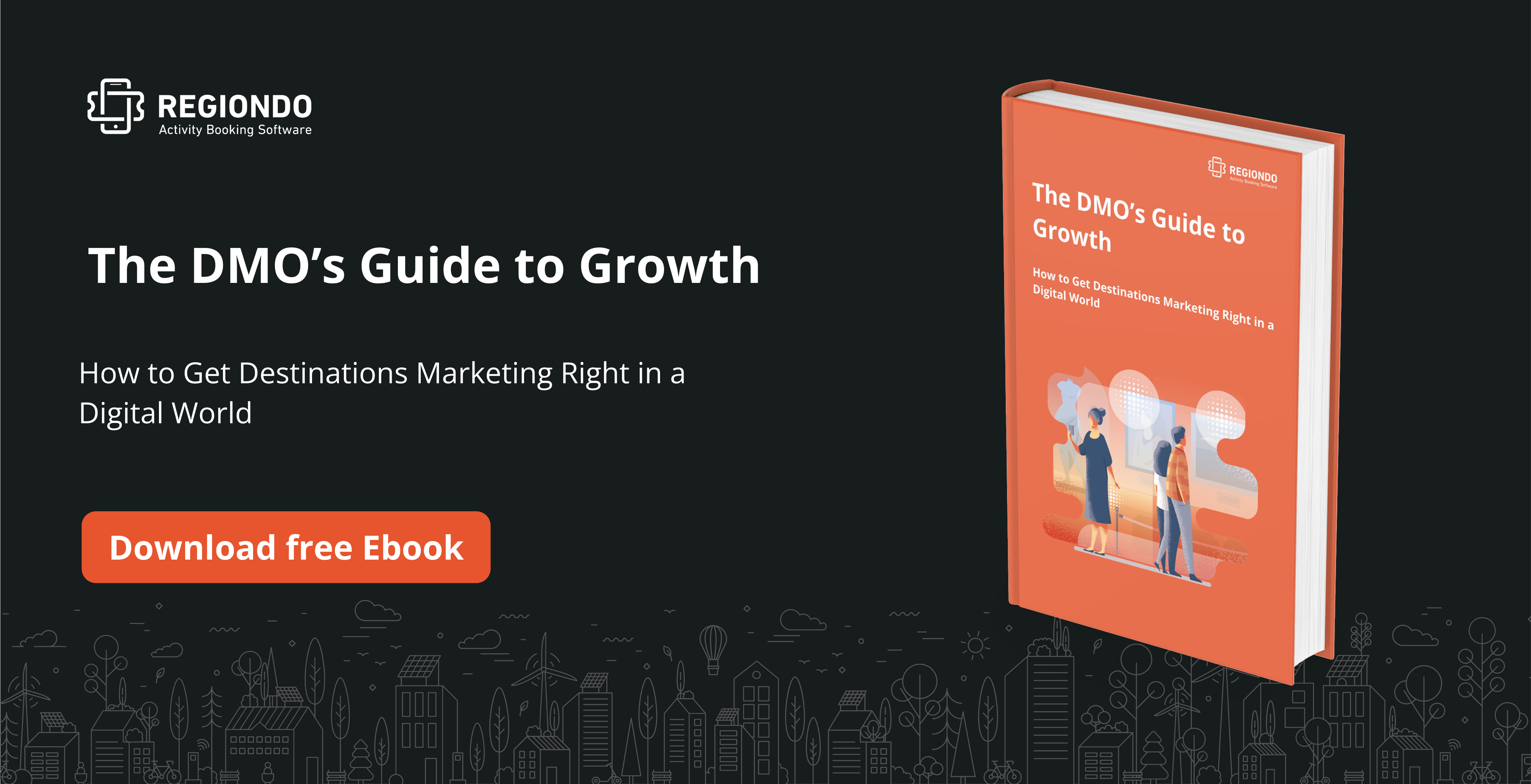The Covid-19 pandemic has hit the tourism sector hard, with international and local travel restrictions limiting trips across the globe. Now that vaccination programs are underway in a number of countries, we finally see a light at the end of the tunnel. With an industry-wide feeling of optimism, now is the time to analyze your marketing efforts and see what can you can do better to stand out from the crowd!
Why you need a great travel brochure
Travel brochures have been around for decades. It’s a traditional marketing method that remains popular so if it ain’t broke, why fix it? The biggest benefit of travel brochures is their flexibility. You can print physical copies for customers and events, and keep a digital copy online that can be updated regularly and shared easily.
And simply hearing about a destination isn’t enough – people need to see pictures and read interesting content in order to evoke the desire to book. What’s more, a great travel brochure will help you to stand out in a saturated market, and boost bookings. Ready to get going? Check out our steps to creating a great travel and tourism brochure!
How to create a great tourism and travel brochure step-by-step
1. Start with your buyer personas
Before going crazy with amazing designs, you need to understand your buyer personas. What do we mean by this? A buyer persona is a fictional representation of your ideal customer(s). Where are they from? What do they do? How do they tend to book? What are their booking blockers? Give your personas a name and refer to them as real people.
We would recommend creating between 1 to 3 personas that will help you to make all marketing decisions going forward. If you are still a little confused on how to proceed, check out Hubspot’s free buyer persona templates
2. Size and format
So now you know who you are designing for, it’s time to figure out what exactly you are designing! How do you want your brochure to look in its printed form? How large do you want it to be? While A4 (297mm x 210mm) can look elegant like a coffee table book, it is not so easy to carry. We would recommend A5 (210mm x 148mm), big enough to include lots of pertinent information but not too large to be impractical.
Another important element is the paper quality. You shouldn’t skimp on this part, as the physical touch of the paper all add to the experience. Ask for samples from your printing partner so that you can see in advance how the paper feels and whether it matches your service proposition.
Don’t forget to make your digital version mobile compatible as more and more people are researching travel on smartphones and tablets!
3. Cover photo
Now, we aren’t saying words aren’t important. Of course, they are, and we go into that in more detail soon. However, photos are crucial in order to get people’s attention.
The cover photo needs to be flawless and evoke a sense of longing, of desire to visit. The rest of the images need to allow the viewer to imagine themselves in your location. Does your destination or tour offer paddleboarding? Include images of people enjoying the activity – make it easy for them to picture themselves there!
One word of warning, the photos that you pick need to accurately represent your offering. You don’t want to promise something different as the backlash can be brutal and damaging to your brand. One example of this was the island of Tenerife, whose tourist board used photos of Gran Canaria to promote their island, leading to some disappointed tourists searching in vain for sandy natural beaches and a desert of sand dunes.
4. Text
Your written content needs to be flawless. Double, triple, quadruple check for typos before sending for print or publishing online! Keep the text positive and friendly, it needs to entice the reader to book their trip. If you are hiring copywriters, make sure that they are travel enthusiasts themselves. Happiness and enthusiasm are contagious, so if the writer is loving the topic of the text, this will shine through!
Below we’ve compiled a few tips for creating compelling travel brochure text:
Tailor the voice and text based on your personas
Go back to your personas from step 1. What inspires and motivates them? What do they appreciate? How do they talk? Knowing the answers to these questions will really help you to get the right tone of voice needed to connect personally with your target audience. If you have 3 distinct personas, then write text or paragraphs specifically for them. Have a section targeting adventurers or sun-seekers, history buffs or pop-culture fans…tailoring your text to fit your target customer base will lead to increased interest in your services.
Share local tips
One easy way to make a travel brochure more compelling and less corporate is to include local tips. This sort of knowledge is difficult to come by, and who better to guide our experience than people who live and breathe the destination or activity on a daily basis? The quality of your insider tips will also distinguish your company from the competition as travelers are more eager than ever to look off the beaten track and avoid tourist traps…but need a little bit of help in finding this information.
Speak to locals about their favorite coffee shop or bar, or a must-visit location for sunset. Include hidden gems that don’t make it into the Rough Guide or Lonely Planet…your clients will surely appreciate it!
Include reviews
According to Podium’s ‘2020 State of Reviews’, reviews have never been so important or influential...95% of people planning a trip consult reviews before booking. As we previously mentioned, customers are much more likely to trust content created by their peers, so let’s lean into this not just for images but also for text. Gather reviews from happy clients and ask for permission to share online. Use snappy, positive quotes in your copy to build trust and to help you ultimately increase bookings.
User Generated Content
Make the most of User Generated Content. UGC helps to increase trust as consumers react more positively to content developed by their peers than in content created by brands. By incorporating UGC into your travel brochure, you will tell an authentic and original story while saving both money and time on content creation. For more tips on how to do this, check out our blog post on UGC, and our post about how best to use imagery to increase sales!
5. The Layout
So you have all of your text and imagery. You now need to fit it all together to create a seamless piece, that flows well and keeps the reader’s attention. You don’t want to confuse them with too many images and too much text, scattered about the pages in random order. Start with drawing a rough draft of how you envisage the look of your brochure layout. This draft doesn’t need to be complicated, you can do it with pen and paper. You can then share this with your graphic design agency, or look online for free templates to use.
6. Ongoing improvement
The error that so many travel companies make is forgetting about it once the work has been done. When your travel brochure has been printed and published online, you should not forget about it until next year! The biggest advantage of having a digital travel brochure is that you can, and should, update it regularly.
Maybe a bar or restaurant you mentioned has closed down, or local laws have changed. In order to keep the trust of your clients, you need to be aware of all changes and update your brochures accordingly. You can also update your imagery if there are some amazing new user-generated-content available from your client base!
Conclusion
Well, there you have it! We hope that our steps to create a compelling travel brochure have inspired and motivated you to start planning your next campaign. Remember to keep your ideal customer front of mind, and don’t skimp on copy, images, or quality and you will soon reap the rewards!
You might also like:





